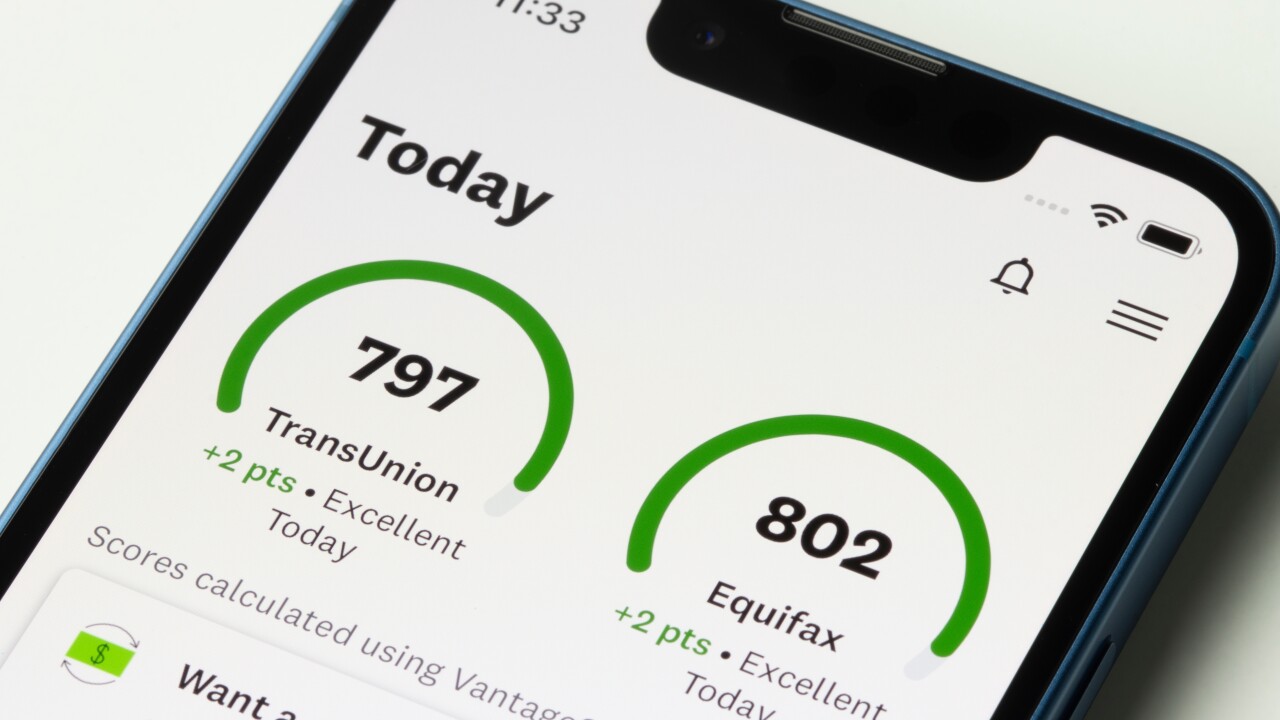
"Jamie Dimon went out and said, we're going to be an AI-first bank and we're going to actually be a tech company," said Alexandra Mousavizadeh, founder and CEO of Evident, in an interview. Recognizing that one of the things tech companies have is AI research labs, he hired Manuela Veloso, who had been a Carnegie Mellon University professor since 1992 and who is a "leading brain on AI," to run it.
There are two reasons why AI research labs are important, and why the number of banks doing AI research has jumped from 10 to 40 of the top 50 last year, according to Mousavizadeh.
One is that doing research in-house helps companies develop artificial intelligence that works at scale, she said. The other is that banks with AI research labs can more easily attract top AI talent.
AI research labs at
Banks that don't have these in-house groups have to rely on vendors and focus on vendor selection, due diligence and testing, Mousavizadeh said.
Building an AI lab
When Manuela Veloso joined
"It was a big change, after 30-plus years of being in academia," Veloso said. "But on the other hand, it's very exciting. I am a type of personality that loves complex problems and loves thinking about contributing to the success of the place where I am. I feel excited every day about solving more problems."
Of Veloso's team of 110 researchers, 75% have Ph.D.s in computer science, statistics, math or engineering; the rest have master's degrees. All are familiar with writing scientific publications and eager to share their work with the academic community and the rest of the world.
"Nobody asks them to write papers," Veloso said. "They basically have it in their blood like I do."
One recent paper studied how well large language models like GPT-4 can read and understand financial documents, compared to older models specifically tuned to these types of documents.
The papers do not mention
"That's why we contribute so much to the advancement of AI in finance, because the research community can start understanding the problems that the finance industry faces, independently from the specifics," Veloso said.
TD Bank Group, which is headquartered in Toronto, acquired AI tech company Layer 6 in 2018 and it's become the bank's AI research lab. Last year, Layer 6 published 14 research papers that were presented at AI conferences. One recent paper on tabular data understanding and generation won an award at the 2023 Neural Information Processing Systems Conference. Layer 6 has also filed more than 60 patent applications.
In 2023, Layer 6 collaborated on a research paper on
"We're now exploring how this research could be applicable in a banking setting," said Maks Volkovs, senior vice president and chief AI scientist at Layer 6.
Bringing AI products to life
Such AI research teams work closely with other parts of their banks, their leaders say.
At TD, Layer 6 has created machine learning models that have improved predictive capabilities and introduced AI in every line of business, Volkovs said. The team has developed more than 67 AI use cases across the bank.
"We are closely embedded with business teams and work together to create solutions that are focused on our colleagues and customers," Volkovs said. "Our researchers, who are also involved in applied work, actively participate in all stages from ideation and model development to deployment and ongoing monitoring."
For example, this year the Layer 6 team published a paper titled
"Our research was used to create a model that applies a similar approach that underwriters use in the residential mortgage pre-approval process," Volkovs said. "We use AI to provide a smooth pre-approval process for our customers and get them credit decisions in only a few minutes."
At
"They don't ask us to do dashboards," Veloso said. In a recent meeting, Veloso's team heard that some salespeople had completed 30,000 client meetings. She offered to summarize and analyze those meetings.
Veloso always hopes the business people will listen to her team and "have the wisdom and knowledge to decide when to change," she said.
"That's the role of AI research – for them to be exposed to what can be done," Veloso said. "The more I show them things that they probably have not thought about before, the more success we bring to the firm. It's the level of 'aha,' the level of novelty that we may bring to their thinking."
Getting models into production can take time, Veloso acknowledged. But for certain very practical projects, like using large language models to read enterprise documents, the process gets speeded up because it's something almost everyone in the bank can use.
"You can cut your time to production down a heck of a lot by having those research capabilities," Mousavizadeh said. "So you're much more nimble. All of the banks are looking at time to production right now because it affects how quickly you can ideate, how quickly you can get things into production."
Attracting tech and AI talent
When AI researchers, data scientists and developers are considering a job at a bank, they still want to be able to publish research, get cited in papers and present at AI conferences.
"It's super important for the banks that they have people [at conferences] because it's also a pipeline of talent," Mousavizadeh said.
When Layer 6 joined TD, there were 15 people in the group. Today, there are 200 people in TD's AI and machine learning team. They've come from big tech companies, universities and other financial institutions.
A new model rates large banks on their efforts to develop and deploy artificial intelligence technology.
Team members have won top honors at a machine learning conference on recommender systems three times, making TD the only bank to have ever done this, Volkovs said.
"These kinds of accomplishments help us build our brand globally and position us as a destination of choice for top talent," he said.
Mousavizadeh said she has seen an overall shift in banks' interest in AI research.
"You're suddenly seeing HSBC and BBVA leaning into this and doing more research, hiring more researchers, having it in house, being able to distribute it," she said. "It changes the mindset. They're also now able to hire that talent that they couldn't hire before. They're putting a stake in the ground: We're serious. Research is becoming essential."
The same will soon be true of quantum computing, she predicts.






